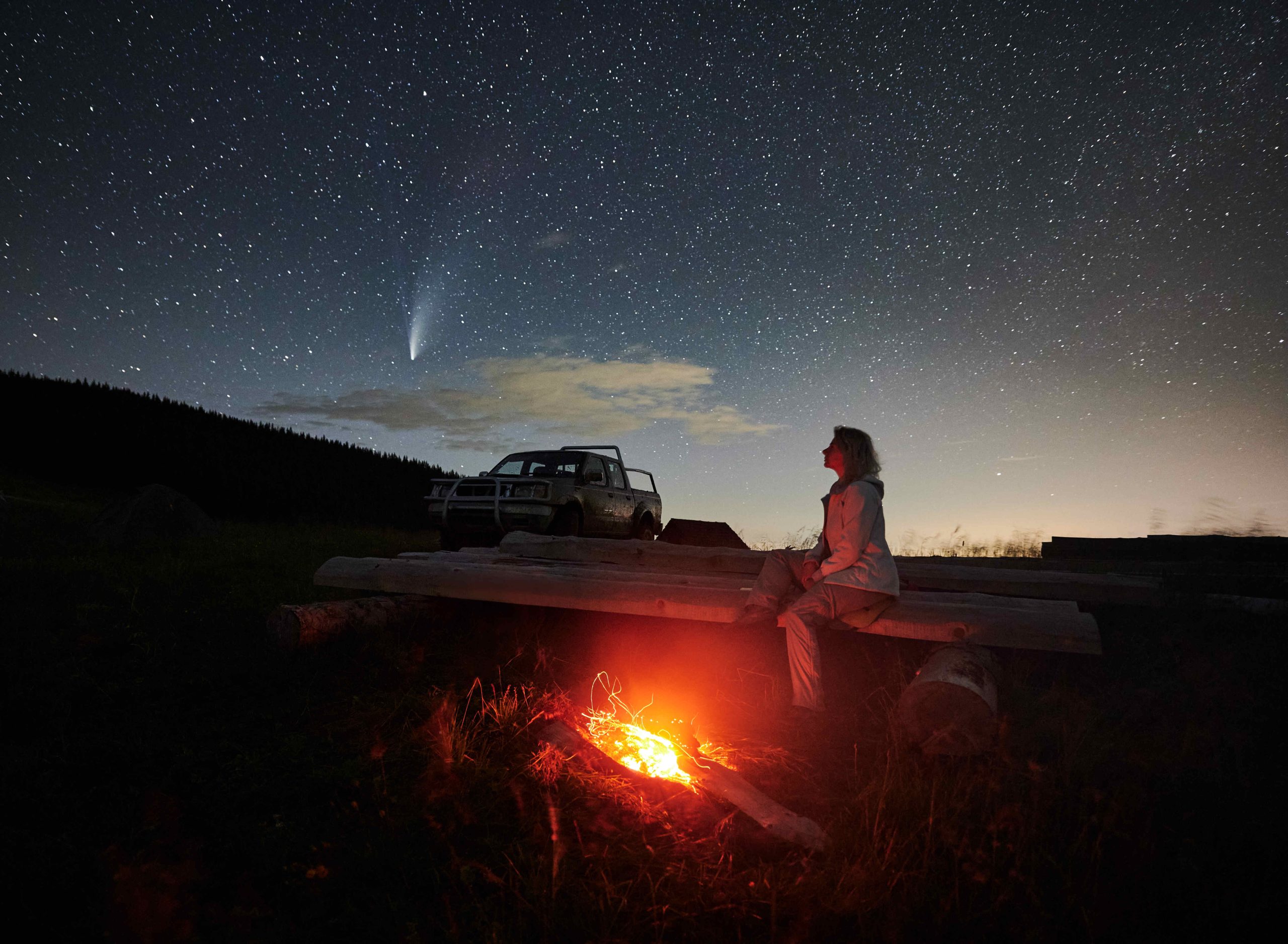In today’s world of brightly lit cities and constant digital distractions, the night sky has become a forgotten wonder for many. For most Americans, light pollution obscures the beauty of stars, planets, and celestial events, making it hard to connect with the vastness of the universe. This is where dark sky parks come in. These designated areas, free from artificial light pollution, provide a sanctuary for stargazing and a chance to reconnect with nature in its purest form. As interest in outdoor recreation and sustainable travel grows, dark sky parks are becoming an increasingly popular destination for people seeking awe, tranquility, and a deeper connection with the cosmos.
What Are Dark Sky Parks?
Dark sky parks are protected natural areas where light pollution is minimal or entirely absent, offering unparalleled views of the night sky. Many of these parks are certified by organizations like the International Dark-Sky Association (IDA), which works to preserve and protect night skies through responsible lighting policies and education. These parks not only promote stargazing but also serve as important conservation spaces, highlighting the ecological and cultural significance of natural darkness.
Some well-known dark sky parks in the United States include Big Bend National Park in Texas, Cherry Springs State Park in Pennsylvania, and Bryce Canyon National Park in Utah. Each of these parks offers unique opportunities to experience the night sky, from meteor showers to the Milky Way’s glowing arc.
Why Are Dark Sky Parks Gaining Popularity?
- Escaping Light Pollution Over 80% of the U.S. population lives in areas where artificial light drowns out the stars. Dark sky parks provide an escape from this constant brightness, allowing visitors to witness a sky full of stars, constellations, and celestial events that are otherwise invisible in urban areas.
- A Desire for Connection In a fast-paced, technology-driven society, many people are seeking ways to slow down and reconnect—with themselves, with others, and with nature. Stargazing in a dark sky park offers a meditative experience, fostering a sense of wonder and humility as you gaze at a sky that has inspired humanity for millennia.
- Eco-Tourism and Sustainable Travel With growing awareness of environmental issues, eco-conscious travelers are looking for destinations that promote sustainability. Dark sky parks align with this trend by encouraging responsible lighting practices, reducing energy waste, and protecting nocturnal ecosystems. These parks emphasize the importance of preserving natural darkness, not just for humans but also for wildlife.
- Educational Opportunities Many dark sky parks host programs led by park rangers or astronomy experts, offering visitors the chance to learn about the stars, planets, and constellations. Events like telescope viewings, astrophotography workshops, and storytelling sessions under the stars make these parks an enriching experience for families, students, and astronomy enthusiasts.
- The Rise of Astrotourism Astrotourism—traveling to destinations specifically for stargazing or astronomical events—has become a growing niche in the tourism industry. Whether it’s watching a meteor shower, witnessing a total lunar eclipse, or simply enjoying an unpolluted view of the Milky Way, dark sky parks are at the forefront of this trend.
The Benefits of Visiting Dark Sky Parks
- Awe and Inspiration Standing under a clear, star-filled sky can be a transformative experience. It reminds us of our place in the universe, sparking curiosity and a sense of wonder. Many visitors report feeling inspired and rejuvenated after a night of stargazing.
- Mental Health and Well-Being Spending time in nature is known to reduce stress, improve mood, and enhance overall well-being. Dark sky parks offer an additional layer of calm by immersing visitors in quiet, peaceful environments where they can disconnect from screens and reconnect with the natural world.
- Family Bonding and Education Stargazing is a family-friendly activity that can spark curiosity in children and create lasting memories. Dark sky parks provide opportunities to learn about astronomy together, fostering a shared sense of wonder and discovery.
- Preserving Cultural Traditions Many cultures have deep-rooted connections to the stars, using them for navigation, storytelling, and spiritual practices. Dark sky parks offer a chance to explore and honor these traditions, connecting modern visitors with ancient knowledge and wisdom.
How to Prepare for a Visit to a Dark Sky Park
- Plan Ahead Research the best time to visit a dark sky park. Moon phases, weather conditions, and seasonal celestial events can affect visibility. A new moon or a clear, cloudless night will provide the best stargazing experience.
- Bring the Right Gear Essentials include warm clothing, a blanket or reclining chair, and a red flashlight (to preserve night vision). If possible, bring binoculars or a telescope for a closer look at celestial objects.
- Learn the Basics Download a stargazing app or bring a star map to help identify constellations, planets, and other features of the night sky. Familiarizing yourself with basic astronomy beforehand can enhance your experience.
- Respect the Environment Follow the park’s guidelines for preserving darkness, such as using minimal lighting and staying on designated trails. Leave no trace to ensure these natural areas remain pristine for future visitors.
Conclusion
Dark sky parks offer a unique opportunity to escape the noise and brightness of modern life, providing a window into the beauty and mystery of the universe. As more Americans seek meaningful and sustainable travel experiences, these parks have become a beacon for those looking to reconnect with nature, the cosmos, and themselves. Whether you’re a seasoned astronomer or simply someone yearning for a moment of quiet wonder, a visit to a dark sky park is an unforgettable journey into the stars.
















Leave a Reply